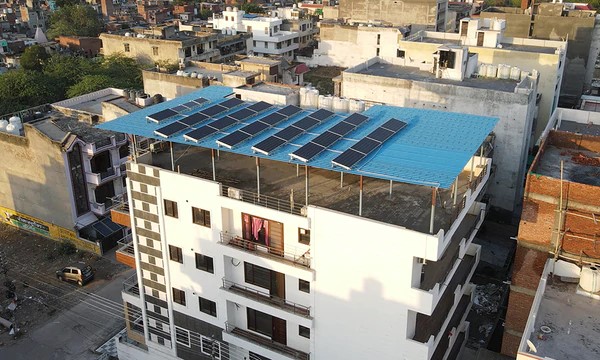Solar power systems are divided into three categories: grid-connected, off-grid, and hybrid. The grid-connected solar system is the most popular of all the numerous types of solar systems deployed across the world. A $500 billion investment in renewable energy is expected in India by 2028, making the nation one of the most attractive markets for […]
Things You Should Know Before Buying On-Grid Solar System

